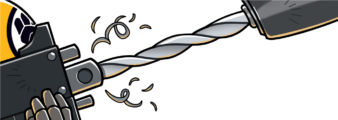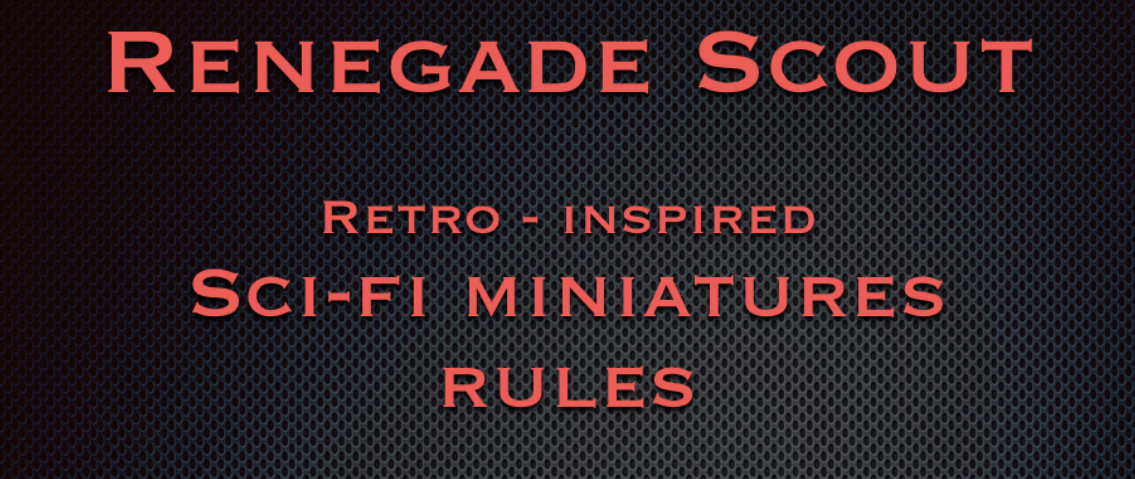Rogue Trader, when it came out in the twilight days of the ’80s, was a very different beast than Warhammer 40,000 of this day. 8 editions later, the biggest miniature game in the world struggles to actually be a good game. That’s why some grognardy veterans play ‘Oldhammer’ – editions that are no longer supported. And maybe that’s the reason why there is a place for Renegade Scout in our hearts.
“Blessed” Ivan Sorensen is mostly well known for his historical rulesets. Historical games pre-date sci-fi gaming by some margin. In general, historical grogs are a lot more likely to try out new rulesets. After all, historical games can hardly be tied to a single miniature manufacturer like the more mainstream fare. However, Ivan has done work with sci-fi and fantasy, releasing such titles as Clash on the Fringe and Starport Scum. Renegade Scout is his self-ascribed largest project, and a well thought-out Rogue Trader clone.
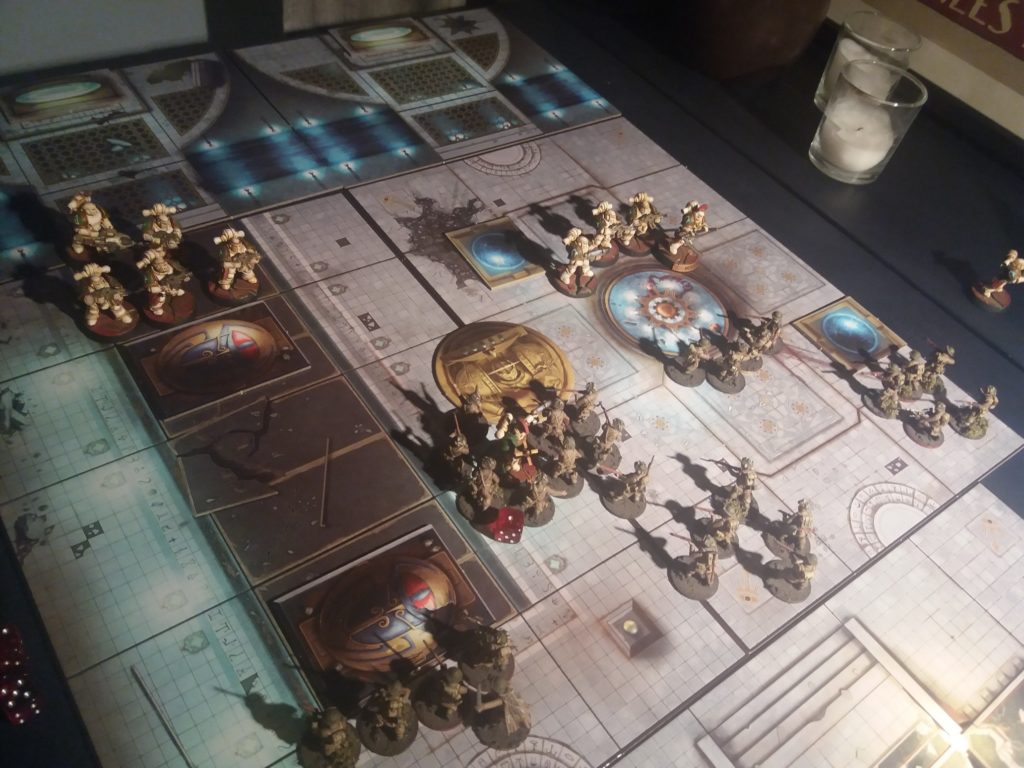
The rules of the game will be immediately familiar to anyone who ever engaged in Hams, but with some twists. Unlike many a ADnD retroclone maker, Ivan realized early on that it’s important to recreate the feel of the rules rather than the actual rules. So cruft has been cleaned up and the whole thing is easier to grasp. However, for a Hams player, it’s close enough to what you know to be entirely confusing, not unlike what happens when you try to play 8e 40K and Age of Darkness at the same time. It gets even more mindfuck-y once you get to unit statlines, where all the stats are basically the same as in 40k (albeit the statline is a lot longer, like Necromunda), but use synonyms, probably to avoid lawsuits.
Getting The Show On The Old Road
The game doesn’t have true alternating activations, though those were considered in the development process, apparently. You still have your phases – movement, psychic, shooting, melee – but with some twists. Shooting is entirely alternating, so there’s some thought involved in who shoots and when. This is a lot better than the regular Warhammer approach.
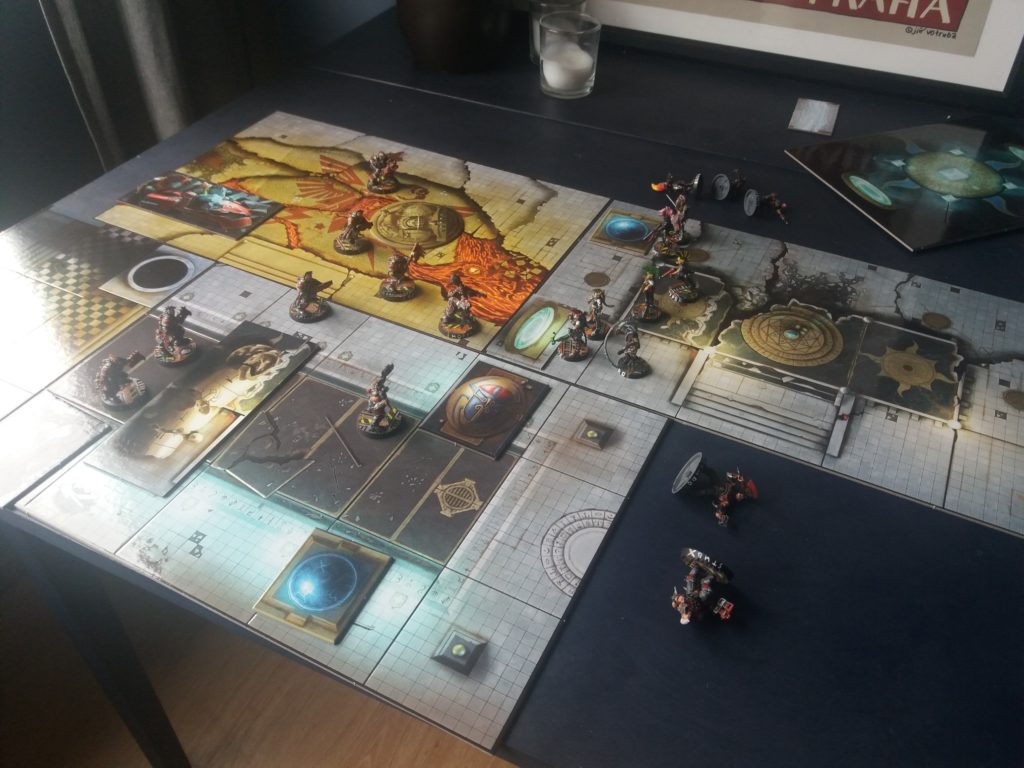
The assault is probably the phase that is the most alien to the casual Hams gamer – unless you play the Lord of the Rings/Hobbit/Middle Earth game, that is! In assault, miniatures pair off in duels, alternating in rolling attack dice one after the other until they run out of attacks. Much like in the Middle Earth game, it’s a little hard to wrap your head around it, but it works, eventually. Heroes can still slaughter regular troops. However, every subsequent duel reduces the number of attack dice (and even give those to the enemy once you run out), you really have to think about your charges.
If anything, Ivan states in the commentary that he did it because he hates damage overspill, which is a good opinion that more people should have.
Vehicle rules are in, and they are balance between 7e’s component damage and 8e’s avoidance of a tank exploding from a single shot. Ivan has good reasoning for how vehicles work in a game, cognizant of their tenuous link to realism. After all, the man behind the long line of No End In Sight (modern platoon skirmish) and Five Men In Normandy (World War II) rules has probably spent a great deal thinking about tanks and their vulnerability at such intimate ranges.
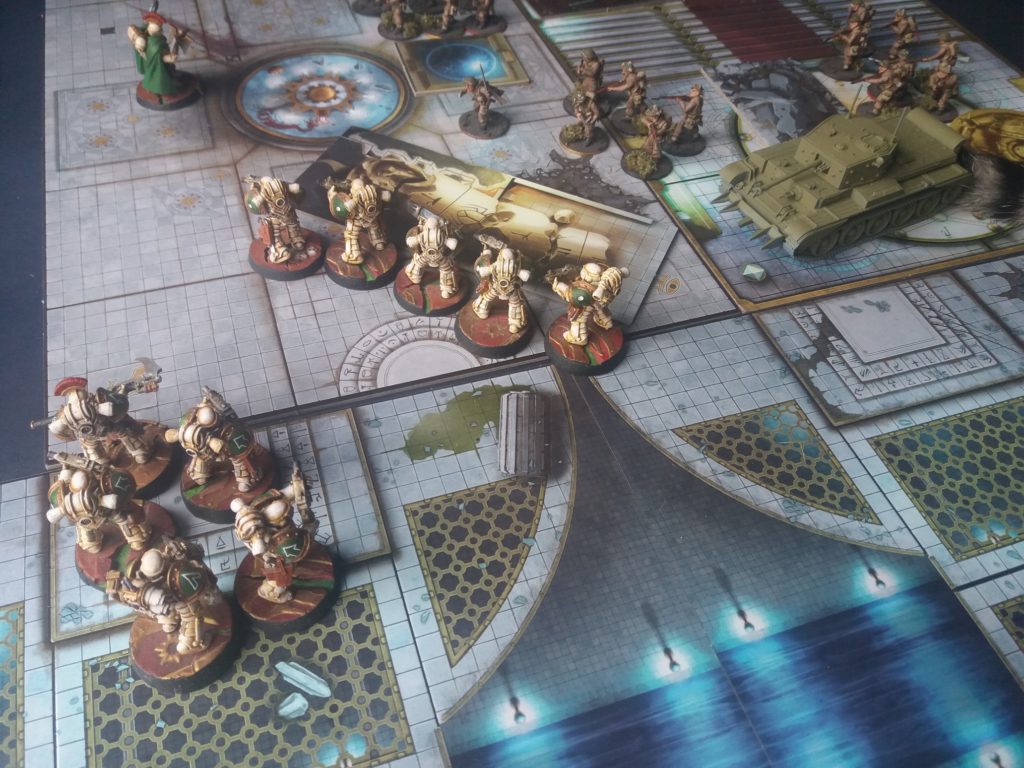
This Is How Retroclones Are Made
However, it’s when you get away from the regular rules (which have side-sections on how to modify them for an individual miniatures game – think Necromunda) that the train goes off rails and plunges into retro gaming. Very intentionally, the game is crammed with extra stuff that you wouldn’t think about in the sterile environment of modern day 40k. There are rule suggestions for everything, like field interrogations, interacting with environment, campaign systems and more. It’s meant to hearken back to the day when rulesets were these tomes bursting with rules and potential, offering a story driven experience that can hardly be balanced with points.
That’s why when you get to army building, you’ll be rolling some dice on some charts. Naturally, I’m not a fan of random rolls in army creation. I want to have the full My Dudes feel. I can’t have that if, say, my heroes’ special weapons or powers are decided randomly. If there’s one thing that Warhammer 40,000 8th edition did well, is to remove randomness from warlord trait and psychic power selection (even if that made those dreadfully boring in return). On the other hand, the cops aren’t looking. Nothing is stopping you from kitting out your people as you want – you already know the points and Ivan heartily approves of such free-spirited approach to the ruleset.
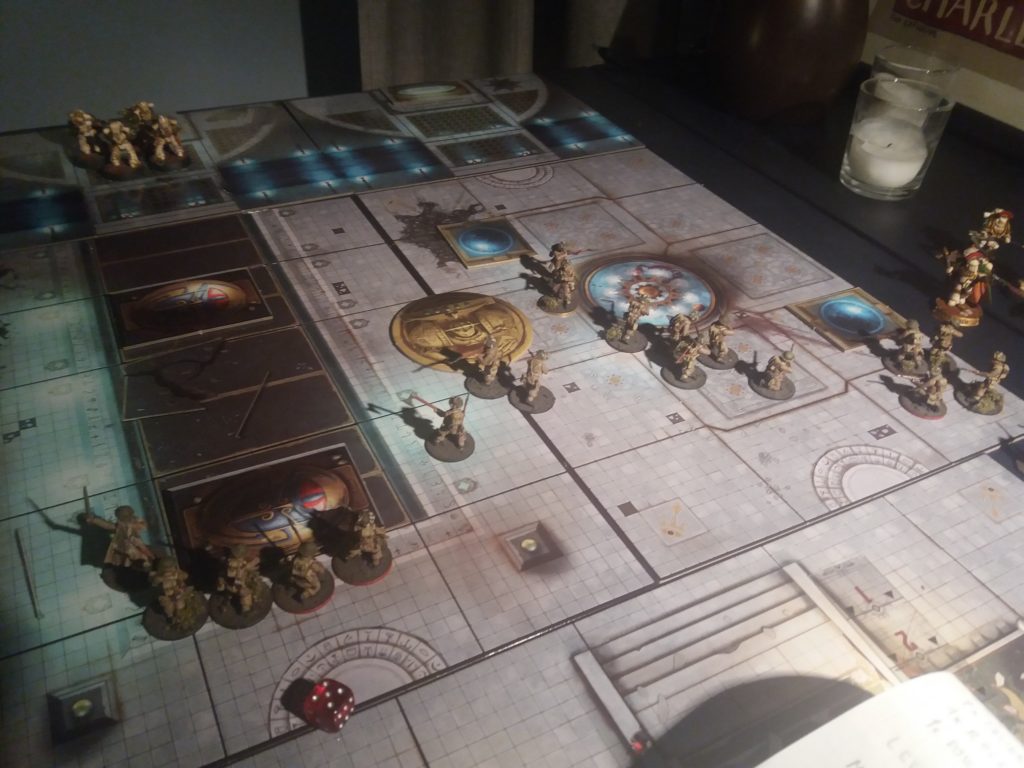
Gamers: Possibly The Worst?
Of course, this would be absolutely terrible in modern 40K, where rule abuses lead to appearances of phrases like “wholly within” in the ruleset to reign people in. However, I don’t think writing rules in near-lawyerspeak is important for Renegade Scout. You’re not going to be playing a pick up game of RS it with randos at the local hobby story.
To even get someone to step away from 8e and try out an exotic ruleset means finding a person with an open enough mind. Sure, it’s possible that you can convince a power gamer who builds broken 40K armies (without realizing that WarmaHordes is the game for him) to play Renegade Scout. But it’s unlikely – if you can find someone who will agree to play Renegade Scout with you, they’re probably in the same frame of mind already. Also, congratulations on having a friend – how does that feel?
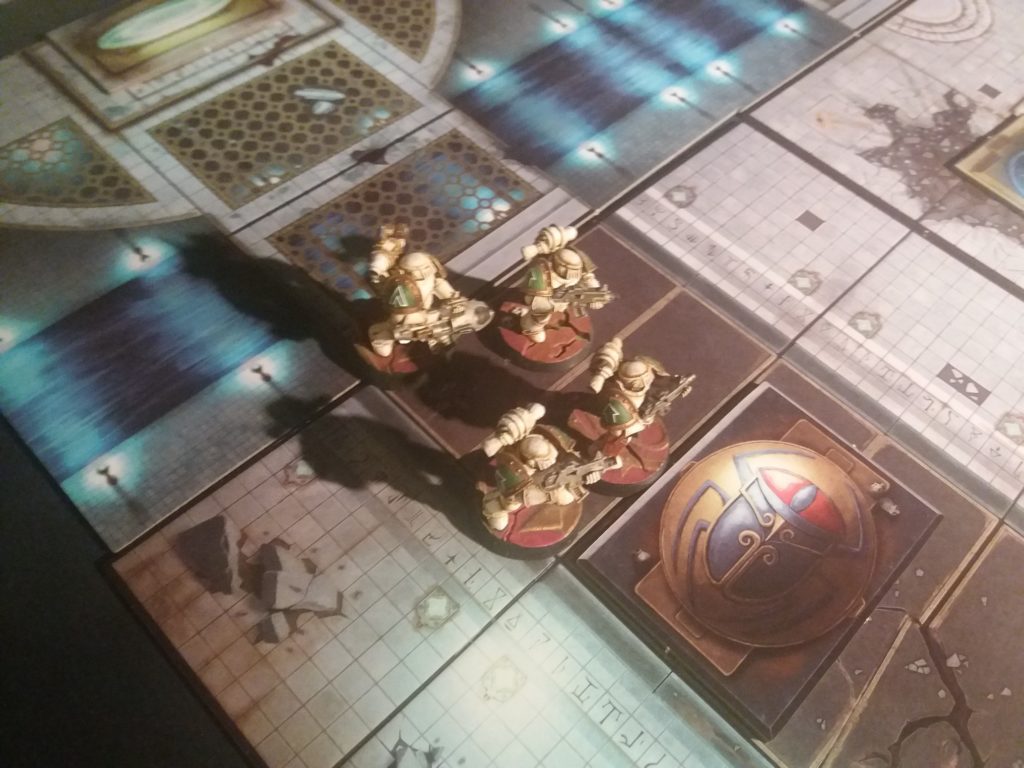
What’s also interesting is that Renegade Scout also includes hobby advice – on how to build terrain and all that stuff. This is just like the things you would have seen in a 4th edition rulebook. So it’s a complete starter book that introduces you not only to the rules, but also to the hobby – painting and terrain making – aspect of the game. And while it’s unlikely that you’re that new, it helps. If anything, it allows you to take the first steps before you launch yourself into a Google-search frenzy and discover Terrain Tutor.
Renegade Scout is a good product that demonstrates how to make a retroclone right. There’s an understanding of how the systems of Rogue Trader worked – or didn’t – and what needs to remain the same while something else needs to be changed. Ivan’s designer commentary is something that any OSR developer needs to read. Meanwhile, the game itself? It’s something that a Warhammer fan needs to try at least once.
